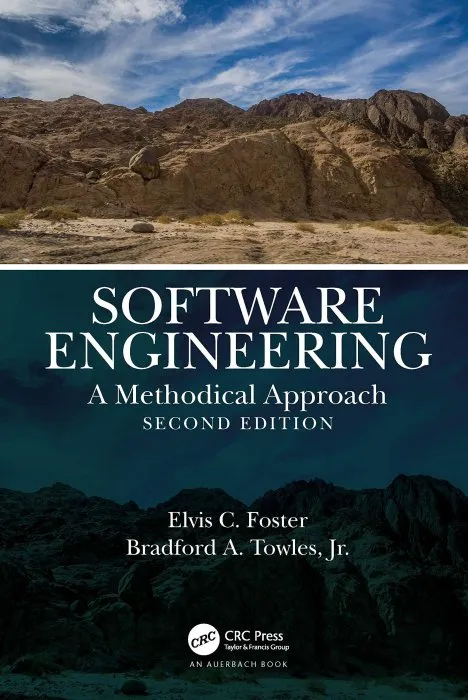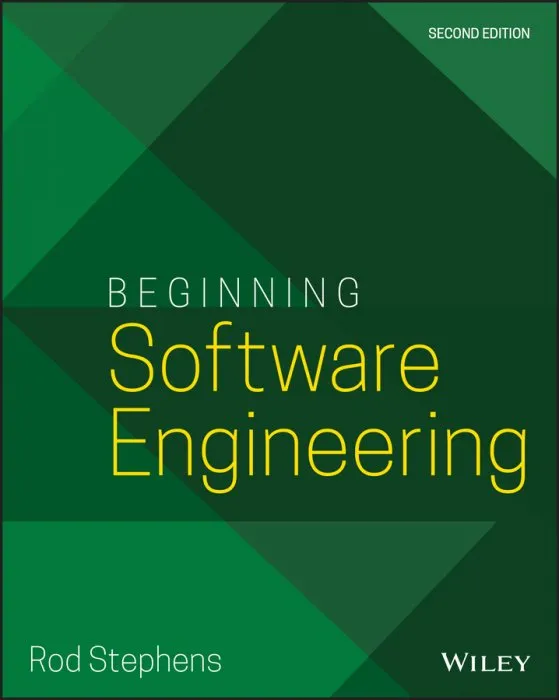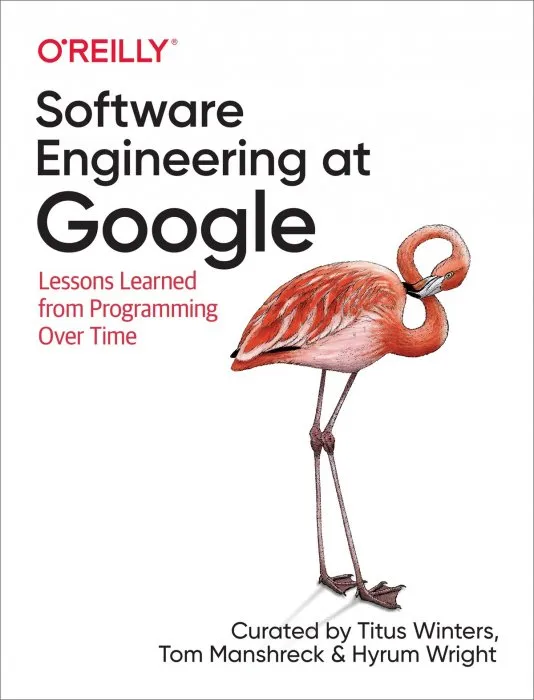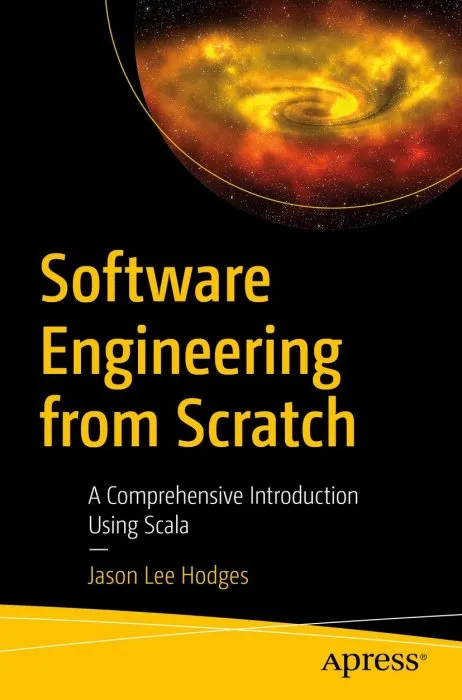Software Engineering: A Methodical Approach, 2nd Edition

Date: July 20, 2021
ISBN: 0367769433
Language: English
Number of pages: 579 pages
Format: True PDF
Add favorites
Software Engineering: A Methodical Approach (Second Edition) provides a comprehensive, but concise introduction to software engineering. It adopts a methodical approach to solving software engineering problems, proven over several years of teaching, with outstanding results. The book covers concepts, principles, design, construction, implementation, and management issues of software engineering. Each chapter is organized systematically into brief, reader-friendly sections, with itemization of the important points to be remembered. Diagrams and illustrations also sum up the salient points to enhance learning. Additionally, the book includes the author’s original methodologies that add clarity and creativity to the software engineering experience.
New in the Second Edition are chapters on software engineering projects, management support systems, software engineering frameworks and patterns as a significant building block for the design and construction of contemporary software systems, and emerging software engineering frontiers. The text starts with an introduction of software engineering and the role of the software engineer. The following chapters examine in-depth software analysis, design, development, implementation, and management. Covering object-oriented methodologies and the principles of object-oriented information engineering, the book reinforces an object-oriented approach to the early phases of the software development life cycle. It covers various diagramming techniques and emphasizes object classification and object behavior. The text features comprehensive treatments of:
Project management aids that are commonly used in software engineering
An overview of the software design phase, including a discussion of the software design process, design strategies, architectural design, interface design, database design, and design and development standards
User interface design
Operations design
Design considerations including system catalog, product documentation, user message management, design for real-time software, design for reuse, system security, and the agile effect
Human resource management from a software engineering perspective
Software economics
Software implementation issues that range from operating environments to the marketing of software
Software maintenance, legacy systems, and re-engineering
This textbook can be used as a one-semester or two-semester course in software engineering, augmented with an appropriate CASE or RAD tool. It emphasizes a practical, methodical approach to software engineering, avoiding an overkill of theoretical calculations where possible. The primary objective is to help students gain a solid grasp of the activities in the software development life cycle to be confident about taking on new software engineering projects.
New in the Second Edition are chapters on software engineering projects, management support systems, software engineering frameworks and patterns as a significant building block for the design and construction of contemporary software systems, and emerging software engineering frontiers. The text starts with an introduction of software engineering and the role of the software engineer. The following chapters examine in-depth software analysis, design, development, implementation, and management. Covering object-oriented methodologies and the principles of object-oriented information engineering, the book reinforces an object-oriented approach to the early phases of the software development life cycle. It covers various diagramming techniques and emphasizes object classification and object behavior. The text features comprehensive treatments of:
Project management aids that are commonly used in software engineering
An overview of the software design phase, including a discussion of the software design process, design strategies, architectural design, interface design, database design, and design and development standards
User interface design
Operations design
Design considerations including system catalog, product documentation, user message management, design for real-time software, design for reuse, system security, and the agile effect
Human resource management from a software engineering perspective
Software economics
Software implementation issues that range from operating environments to the marketing of software
Software maintenance, legacy systems, and re-engineering
This textbook can be used as a one-semester or two-semester course in software engineering, augmented with an appropriate CASE or RAD tool. It emphasizes a practical, methodical approach to software engineering, avoiding an overkill of theoretical calculations where possible. The primary objective is to help students gain a solid grasp of the activities in the software development life cycle to be confident about taking on new software engineering projects.
Similar books
Information
Users of Guests are not allowed to comment this publication.
Users of Guests are not allowed to comment this publication.




